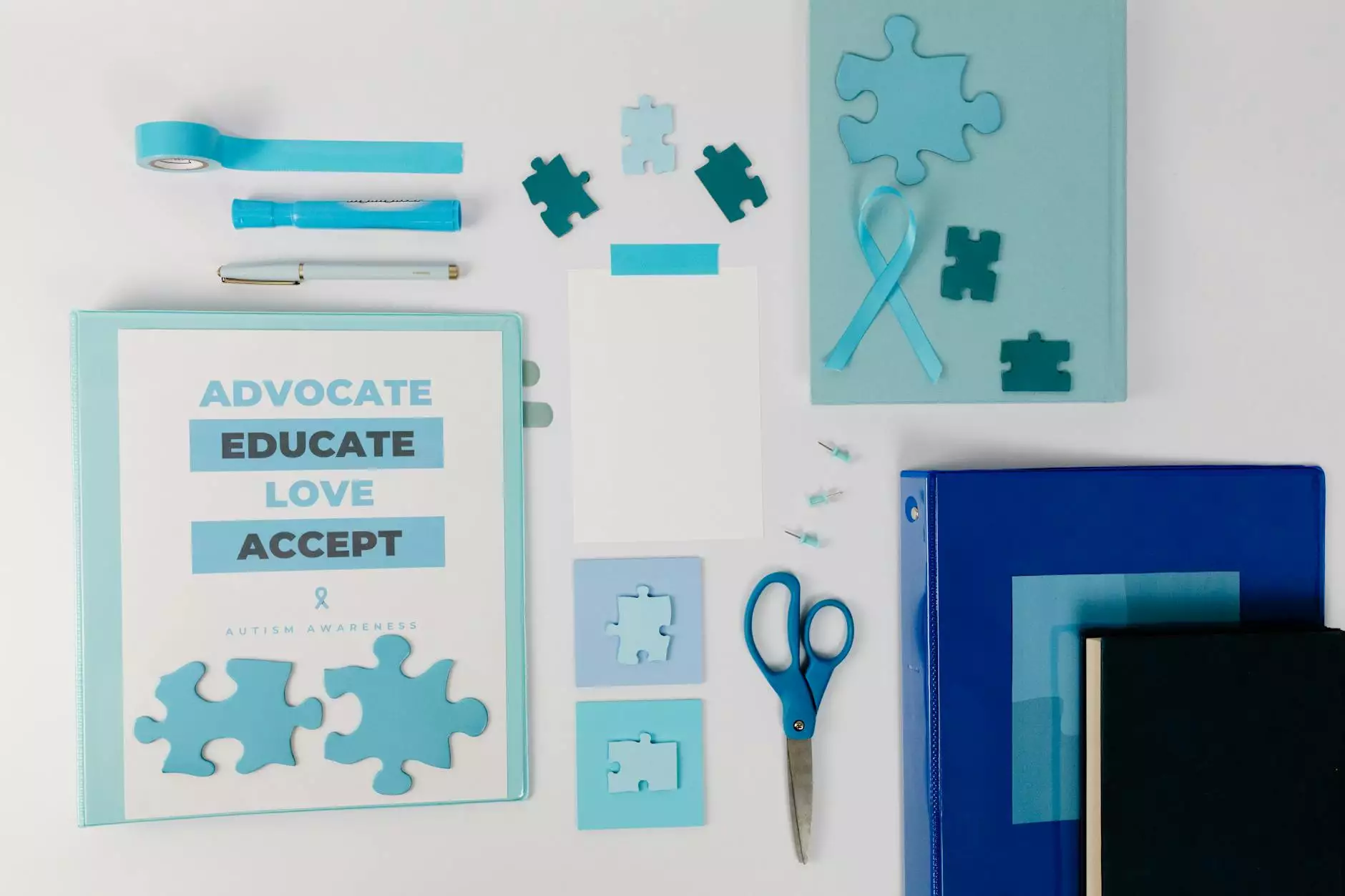Tips to Enhance Interactions with Individuals with Autism

Understanding Autism Spectrum Disorder (ASD)
Fountain of Hope, a prominent organization in the community and society sector, is dedicated to promoting the well-being of individuals with Autism Spectrum Disorder (ASD). ASD is a neurodevelopmental condition characterized by difficulties in social communication, restricted interests, and repetitive behaviors. Understanding the unique challenges faced by individuals with autism is crucial in fostering inclusivity and providing appropriate support.
Creating a Supportive Environment
To support individuals with ASD, it is essential to create an accommodating and inclusive environment. Encouraging open communication, promoting acceptance, and fostering a non-judgmental atmosphere are vital. Provide clear instructions, use visual supports whenever possible, and maintain consistency in routines to help individuals with autism feel secure and understood.
Enhancing Communication
Effective communication is key when interacting with individuals with autism. Here are some tips to facilitate positive interactions:
1. Use Simple and Clear Language
When communicating, use simple and concise language. Avoid figurative language, sarcasm, and ambiguous statements, as individuals with ASD may interpret them literally.
2. Incorporate Visual Supports
Visual supports, such as visual schedules, cue cards, and social stories, can enhance understanding and facilitate communication. These tools act as visual aids and help individuals with autism navigate their daily routines and social interactions more effectively.
3. Give Time for Processing
Allow individuals with ASD enough time to process information and formulate their responses. Avoid rushing or interrupting, as it may cause anxiety or hinder effective communication.
Promoting Sensory-Friendly Interactions
Sensory sensitivities are common among individuals with autism. To create a sensory-friendly environment, consider the following tips:
1. Be Mindful of Noise Levels
Loud or sudden noises can be overwhelming for individuals with ASD. Minimize disruptive sounds by using noise-cancelling headphones or providing a quiet space for individuals to retreat to if needed.
2. Create a Calming Space
Designate a designated area where individuals with autism can go to calm themselves when feeling overwhelmed. This space should be equipped with sensory toys, dim lighting, and other comforting stimuli.
3. Respect Personal Space
Individuals with autism may have specific sensory sensitivities. Be aware of personal space boundaries and respect their need for personal boundaries while interacting. Avoid sudden touches or invading their personal space without consent.
Encouraging Social Inclusion
Social inclusion plays a vital role in the well-being of individuals with autism. Here are some strategies to promote social inclusion:
1. Foster Acceptance and Understanding
Educate others about autism to foster acceptance and understanding within the community. By increasing awareness, we can dispel myths and reduce stigmatization associated with autism.
2. Support Peer Interactions
Encourage peer interactions and provide opportunities for individuals with autism to engage in social activities with their peers. This can help develop social skills, build friendships, and improve overall well-being.
3. Promote Inclusive Events and Programs
Organize inclusive events and programs that cater to the interests and needs of individuals with autism. By providing accessible and accommodating environments, we can ensure active participation and meaningful experiences for individuals with ASD.
Conclusion
Fountain of Hope is committed to supporting individuals with Autism Spectrum Disorder (ASD) and promoting inclusive communities. By implementing the tips provided above, we can enhance interactions and create a supportive environment that respects the unique needs and abilities of individuals with autism. Together, we can foster acceptance, understanding, and inclusivity for all.










